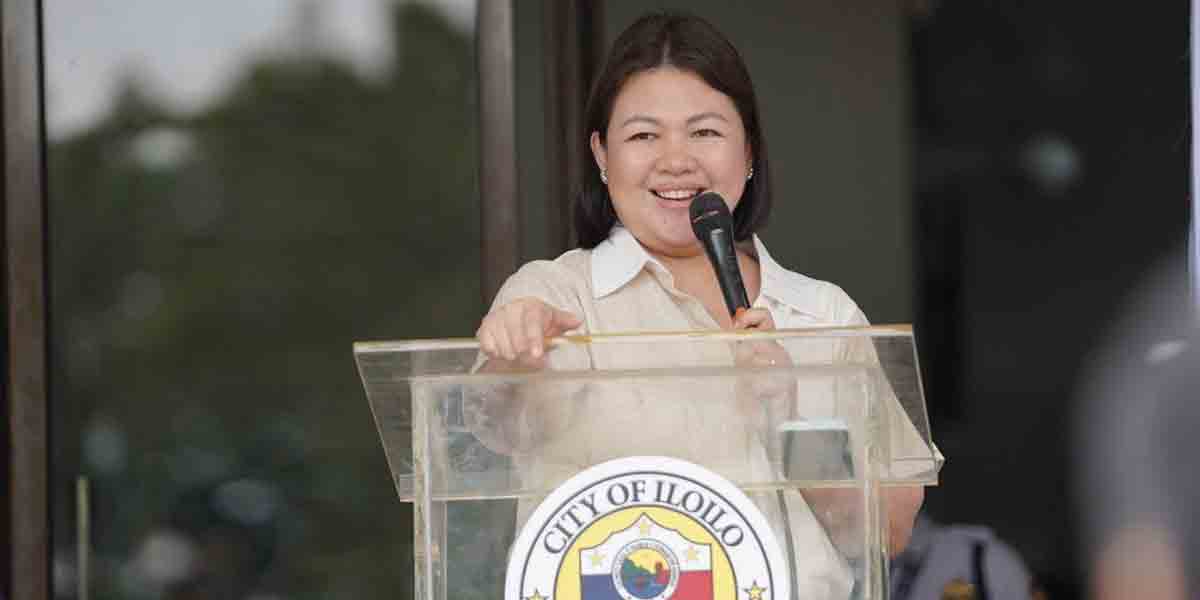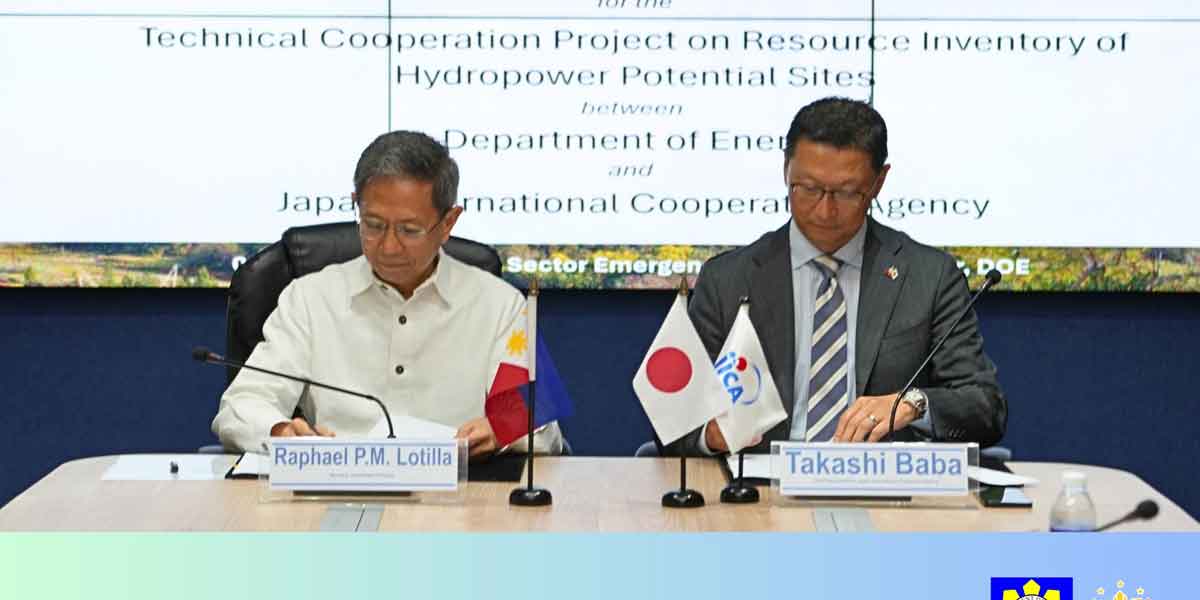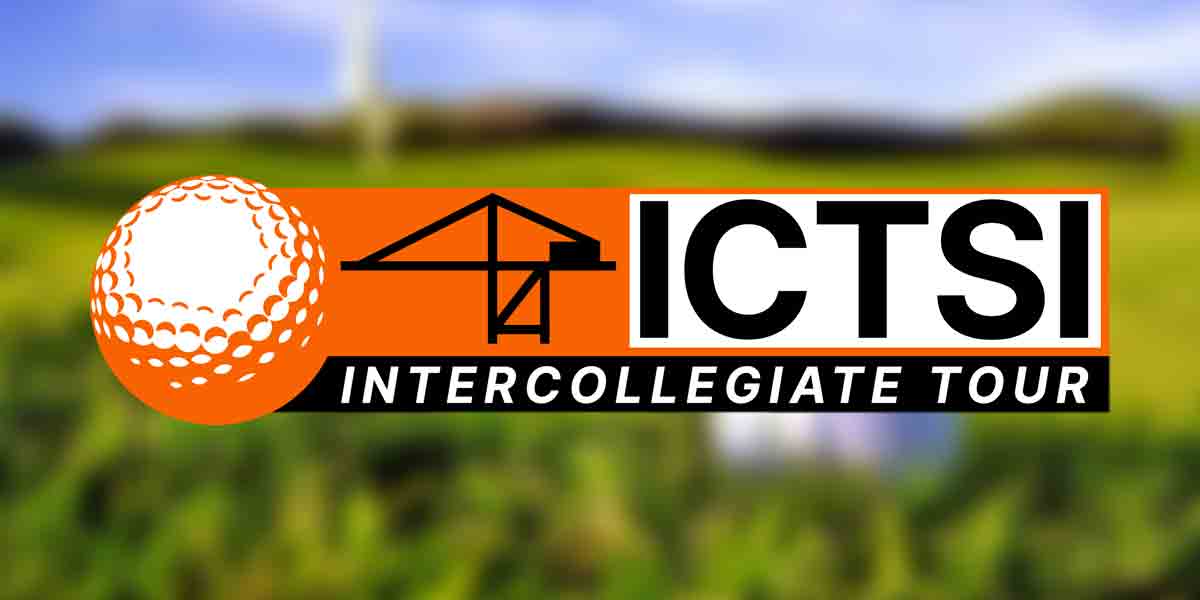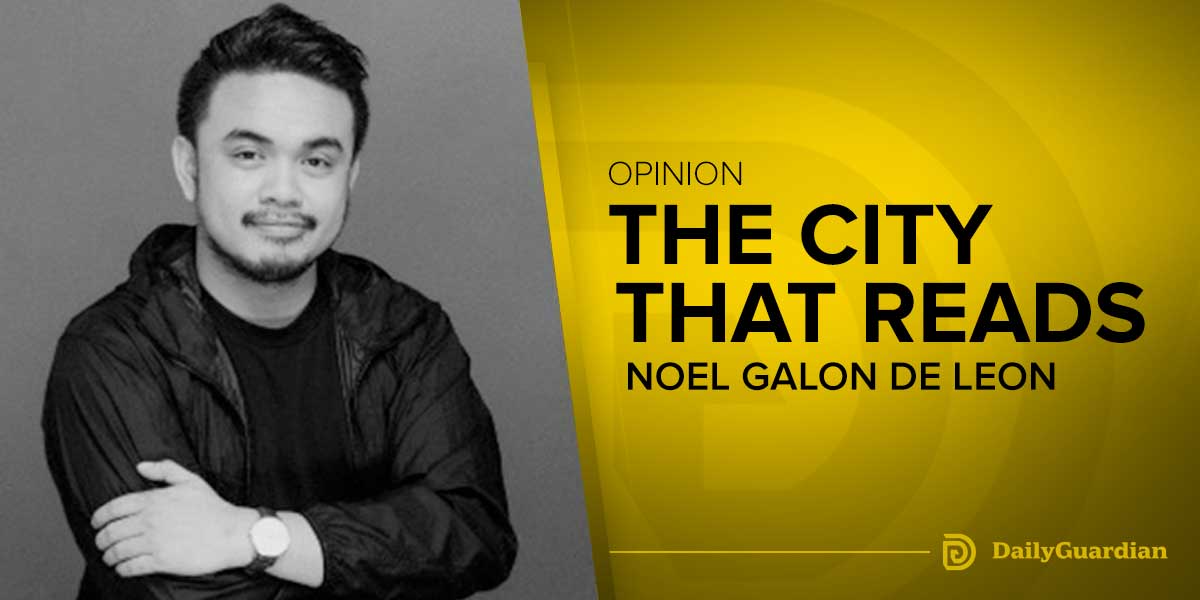 By Herbert Vego
By Herbert Vego
IF you don’t know what TAMA stands for, you are not alone. Most Filipinos probably don’t know that it is an acronym for Traditional and Alternative Medicine Act, signed by then-President Fidel Ramos in 1998.
Originally proposed by then-Senator Juan Flavier as Senate Bill 1471, it created the Traditional Medicine Authority (TMA) which would be responsible for the systematic and scientific development of alternative and traditional medicine in the Philippines. It was intended to complement, not displace, conventional medicine practice.
President Ramos predicted that it would end the passivity of the government in promoting cheap herbal alternatives. How wrong he was!
After more than 19 years, unfortunately, the law has hardly taken off – no thanks to the hostility of the Philippine Medical Association (PMA), which had attempted to block its passage on the pretext that it would stall, rather than advance, medical science.
The TMA, on the other hand, has surprisingly made itself inactive – probably due to PMA pressure. Deafening is its silence vis-à-vis the foul tactics of multinational drug companies to discredit effective herbs.”
The TMA has reneged on its mandate to provide the administrative framework for the protection of the herbal medicine industry from both local and foreign threats.
And so on their own, a few local drug companies have taken advantage of the law by synthesizing indigenous medicinal plants into tablets, capsules and syrup. Among them are lagundi, for cough and asthma; tsaang gubat, an antispasmodic; akapulco, atifungal; and sambong, a diuretic; yerba buena, antipyretic; and ampalaya, anti-diabetic.
The four others that the Food and Drug Administration (FDA) has validated as medicinal plants are bawang (local garlic), anti-choleterolomic; bayabas (local guava); niyug-niyogan, anti-helmintic; and ulasimang bato, anti-hyperuricemic agent.
Had TAMA been fully implemented by TMA in collaboration with the FDA, an estimated 70 other folkloric plants would have already been approved for therapeutic uses. The vegetable malunggay, for instance, when encapsulated, still bears the FDA-required warning “no approved therapeutic claim.” And yet it sells like hotcakes simply because users find it effective against hypertension, arthritis, scabies and constipation, among others. No wonder manufacturers of “junk noodles” have decided to enrich them with malunggay.
By trial and error, hard-up individuals have proven for themselves the reasonableness of going back to natural medicines like the ones already cited. You must have read of the case of a cervical cancer patient who survived by drinking boiled rosas sa baybayon.
No doubt the failure of the law to right the wrong image of traditional medicine as quackery stems from the bias of Filipino physicians for conventional Western pharmacology as taught in medical schools. Multinational drug companies, fearful of diminishing patronage, sponsor yearly foreign junkets for popular specialists who prescribe their branded drugs. Moreover, proud physicians cling to the belief that primitive medicine is obsolete in modern times. They would not have spent a decade in college if they would only end up as “glamorized herbolarios.”
It cannot be denied, however, that bigger countries have extensively explored indigenous and alternative healing traditions. China has already successfully embedded hitherto questionable traditions like acupuncture and acupressure with conventional medicine.
Germany, a world leader in conventional medicine, is also known as the birthplace of Dr. Samuel Hahnemann, who introduced homeopathy.
The Office of Alternative Medicine in Washington DC has officially validated homeopathy as a form of healing.
The so-called nutritional medicine – made up of fruits, herbs and vegetables — was the stuff that the Greek father of medicine, Hippocrates (460-357 BC), prescribed to his patients.
“Let your food be your medicine,” he said.
It’s a shame: Today’s doctors who swore by the Hippocratic Oath have forgotten that reminder.
A BARANGAY LEADER SHOULD HAVE SET A GOOD EXAMPLE
IT shocked us to see a video recording of a MORE Power disconnection team dismantling ground-embedded wires at the residence of lady barangay captain Maricon Sumpio of Brgy. Alalasan, Lapuz, Iloilo City,
We had reported in this corner before that the kapitanes and their kagawads had promised to be the “watchmen” who would enforce the law on power pilferage.
It turned out that Ms. Sumpio herself had drawn the attention of MORE Power’s disconnection team. It was unbelievable that she was consuming and paying for only 30 kilowatt hours per month. She owns a two-level house with complete appliances, including four air-conditioners.
Her secret? She indeed had a legal connection. But there was another, an illegal one encased in blue PVC pipes and hidden underground.
And so now, charges are being readied against her. If found guilty of power pilferage under Ra 7832, she could be penalized with the penalty of prison mayor or a fine ranging from ten thousand pesos (P10,000) to twenty thousand pesos (P20,000) or both, at the discretion of the court.
On the brighter side, most of the “original” power pilferers have legalized, according to MORE Power president Roel Z. Castro.
When MORE Power took over from Panay Electric Co. (PECO) in 2020, there were 63,000 paying customers.
Today, with the conversion of suspected power pilferers into paying customers, their number has expanded to 76,000. It could double in the next 365 days with the absorption of power pilferers and new households into the legitimate mainstream.






















